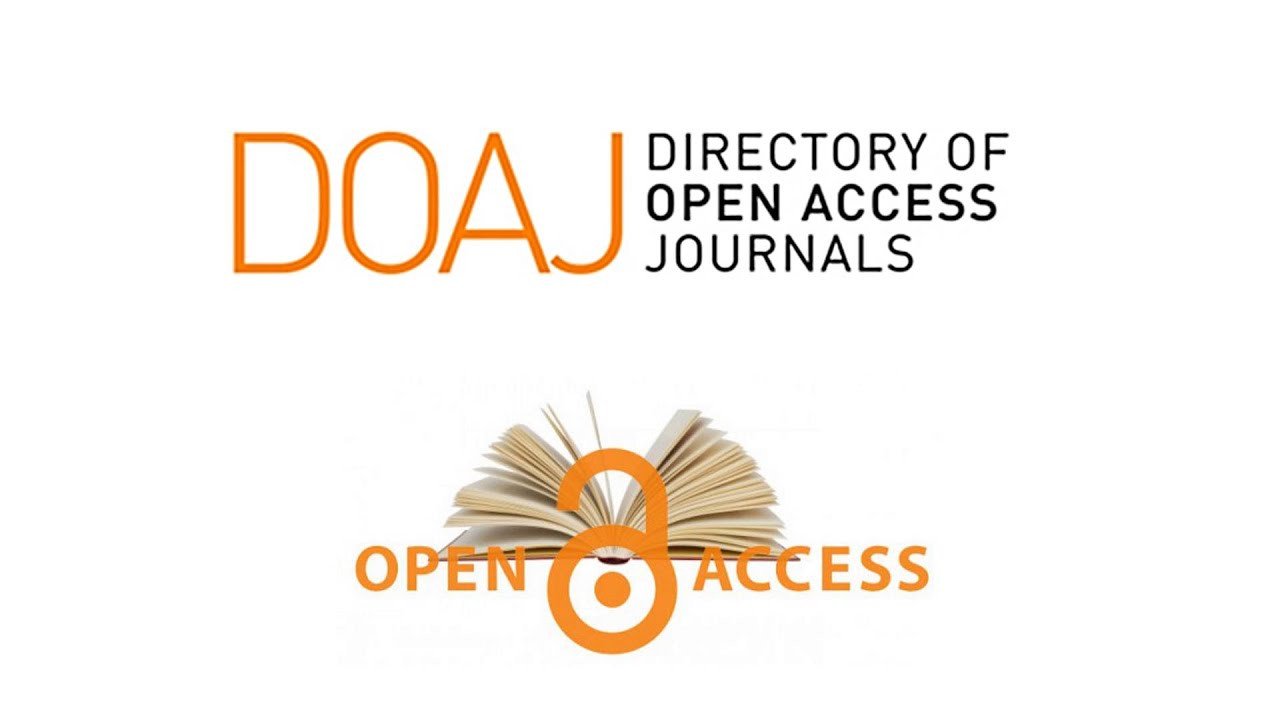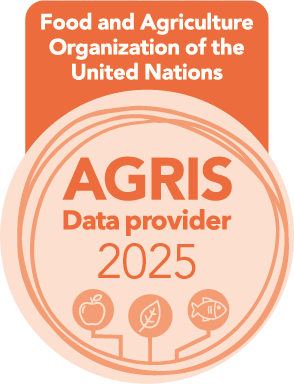Morphoscopic changes in Iraqi territorial waters and their border repercussions
DOI:
https://doi.org/10.58629/ijaq.v19i1.436Keywords:
Iraqi territorial waters, Iraqi coast, Khor Abdullah, coastline, Iraq's portsAbstract
Abstract
The present study includes the analysis of the morphological change in the Iraqi coastline in Khor Abdullah and the entrance to the Shatt Al-Arab (Al-Ruka Channel), as the northwestern region of the Arabian Gulf is exposed to different erosion and depositions due to the suspended sedimentary load, The comparison between the periods studied showed severe erosion in some coastal areas and depositions in other parts, which led to changes in the shape and extension of the barriers or the sedimentary tongues and made them prominent, especially in the shallow sites (shoals) areas at the entrance to Khor Abdullah and Khor Shaitanah, and those changed parts appear in the maps of the British Admiralty, which draw detailed curves surrounding the varying depths. The extension of the suspended sedimentary load at the head of the Arabian Gulf amounted to 11,014 km2 in the year 2003, which expanded in 2011 to 12,680 km2, by adding suspended sediments of about 1,676 km2 to 6,452,600 tons over 8 years, at a rate of 806.575 tons annually, or 8.5% of the volume of suspended sediments in 1996 due to the decrease of the river flows from the Tigris, Euphrates, and Karun. The line of the lowest tide (zero line) showed a change in the cross-section of the Iraqi waterway lines that it shares with Iran and Kuwait, affecting the location of the approved border line between Iraq and Kuwait, and the largest change was in the width of the entrance to the Shatt Al-Arab (Al-Ruka Channel), and this was influenced by the erosion, sedimentation patterns, and deflection of tidal currents, as well as the temporary effect of port activities in Khor Abdullah. The extension of Abdullah’s Marqat at Ras Al-Bishah reached 15.5 km in 2003, its extension became 17.2 km in 2019 with a varying range of 1.7 km in 16 years, which has increased at lower rates in recent years due to the decrease in the sedimentary load of rivers to legalize water releases. The maximum change in Khor Abdullah in the middle part was 453 meters, which is a contraction in favor of Kuwait at a rate of 453 meters, and in the middle of the Al-Ruka Channel with an average width of 403 meters in favor of Iran, expansion in favor of Iraq was at a rate of 152 and 42 meters at the entrance and middle of Khor Shaitana.Metrics
References
Al-Ali, J.T.; Al-Mahmo0d, H.K. and Hammoud,U.E. (2012). A study of the topographical and navigational changes of Khor Abd Allah Canal, Basrah Res. J., (Part B), 38(4): 29-41.
Ajam, A.Z. (1995). The Possibility of Establishing a Marina for Fishing Boats at the Coast of Khor Abdullah in Al-Faw, Mar. Mesopot., 10(2): 411-428.
Al-Azzawi, T.M. (1996). Morphomorphism and morphotectonics of the head of the Arabian Gulf using remote sensing techniques and automated analysis, Ph.D. Thesis Coll. Sci.,Univ. Baghdad, 196 pp.
Al-Badran, B.N. (2004). Shatt Al-Arab Delta, southern Iraq, a sedime- ntary study. Mar. Mesopot., 19(2): 311-322.
Al-Hasem, A.M. (2018). Tidal Current Behaviors and Remarkable Bathymetric Change in the South-Western Part of Khor Abdullah, Kuwait, World Academy of Science, Engineering and Technol. Int. J. Mar. Environ. Sci., 2(2): 18-125. DOI: 10.5281/zenodo.1315915.
Al-Hashemi, W.S. (1986). Tidal Flats in the Northwest Arabian Gulf (South of Al-Faw Region), Proceedings of the First Symposium on the Marine Nature of Khor Al-Zubair, Mar. Sci. Cen., Univ. Basrah.
Al-Janabi, Q.M. and Abd, S.A. (2013). The problematic of demarcating the Iraqi-Kuwaiti border and exiting the provisions of Chapter VII, Coll. Basic Educ. J. Univ. Babylon., 12: 335-349.
Al-Jibri; H.; Salman, H.H. and Aldabbas, M. (1986). Sedimentlogical and Mineralogical Investigation of North–West Arabian Gulf. Sediments, J. water Resour., 4(2): 49-61.
Al-Mahdi, A.A. (1990). Mixing and rotation of water masses in Khor Al-Zubayr, M.Sc. Thesis, Mar. Sci. Cen., Univ. Basrah, 185 pp.
Al-Mahmood; H.K.H., Al-Mansoori, F.Y. and Al-Mousawi, W.M. (2018) . The development of the Iraqi coastal environment, northwest of the Arabian Gulf J. Geogr. Res., Univ. Kufa, (28): 115-139.
Al-Mahmood, H.K.H.; Al-Rubaie, A.; Shabar, H.A. and Yahya, E. (2018). Preliminary evaluation of the possibility of establishing desalina- ation plants in marine waters, J. Coll. Educ. Women, Univ. Kufa., 22(12): 61-88.
Al-Mahmood, H.K. (2020). A reference analysis of the drainage and salinity data in the Shatt Al-Arab, Iraqi J. Aquacult., 17(1): 11-26. DOI: 10.58629/ijaq.v17i1.91.
Al-Mahmood, H.K. (2006). Characteristics of the Iraqi coast, Ph.D. Thesis, Coll. Arts Univ. Basrah, 215 pp.
Al-Mansoori, F.Y. (1996). Study of sediment transport in the southern part of the Shatt Al-Arab. M.Sc. Thesis, Coll. Agric. Univ. Basrah., 173 pp.
Al-Mosawi, W. (2015). Marine Geophysical Survey to Detect the Sea Bottom Morphology and Coral Reefs within Iraqi Borders Using Sub Bottom Profiler and Side Scan Sonar Techniques, Ph.D. Thesis Coll. Sci. Univ. Baghdad, 118 pp.
Al-Mulla, S.T. and Al-Ali, A. (2015). Geomatic study of Shatt Al-Arab delta, Southern Iraq, Marsh Bull., 10(1): 73-91.
Al-Muntasir, A.A. (2014). Natural Boundaries between Countries. Fac. Econ. Politic. Sci.-Libya, 8 pp.
Darmoian, S.A. and Lindqvist, K. (2007). Sediments in the Estuarine Environment of the Tigris/ Euphrates Delta, Iraq-Arabian Gulf. Geol. J., 23(1): 15-37. DOI: 10.1002/gj.3350230102.
Elshorbagy, W. (2006). Hydrodynamic Characterization and Modeling of the Arabian Gulf. J. Waterw. Port Coast. Ocean Eng., 132(1): 47-56. DOI: :10.1061/(ASCE)0733-950X.
Hereher, M.E. (2020). Assessment of Climate Change Impacts on Sea Surface Temperatures and Sea Level Rise—The Arabian Gulf., 8 (4): 50, DOI:10.3390/cli8040050.
ROPME (2013). State of the Marine Environment Report-2013, ROPME/ GC-16 /1-ii Regional Organization for the Protection of the Marine Environment, Kuwait, 263 pp.
Thamer, M. (2007). The Iraqi Baseline, available on Internet in https://www.iasj.net/iasj?func=fulltext&aId=45319)
United Nations Convention on the Law of the Sea (1982). published http://www.un.org/depts/los/convention_agreements/texts/unclos/unclos_a.pdf).
Downloads
Published
How to Cite
Issue
Section
License
Copyright (c) 2023 Iraqi Journal of Aquaculture

This work is licensed under a Creative Commons Attribution 4.0 International License.










